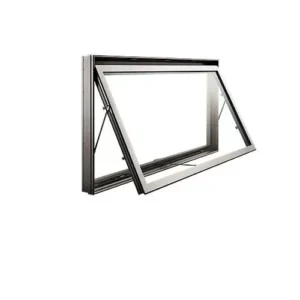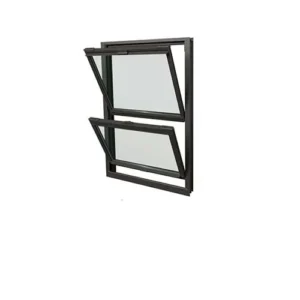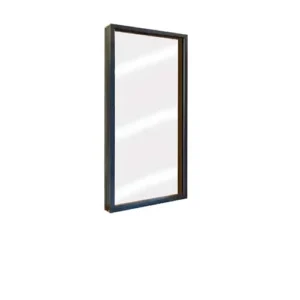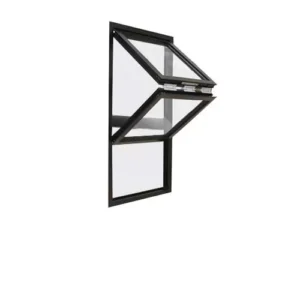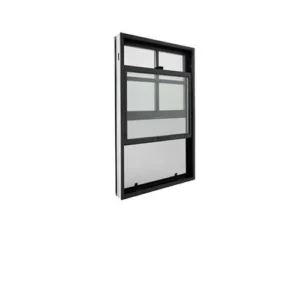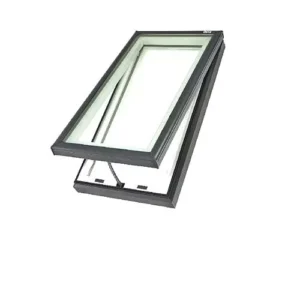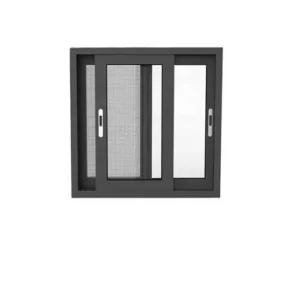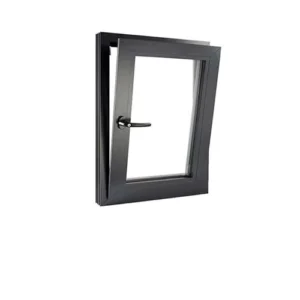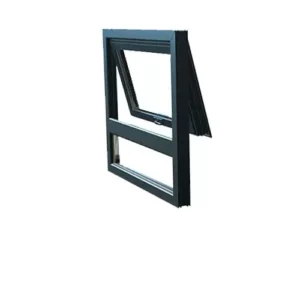ABOUT Double-Hung Windows FAQ
Both sashes slide independently on counterbalanced tracks. Lower the upper sash to exhaust warm air or raise the lower sash to draw in cool air, creating a natural airflow cycle.
- Double-Hung: Both sashes move, offering flexible ventilation and easier cleaning.
- Single-Hung: Only the lower sash operates, limiting airflow and cleaning options.
Yes! Low-E coatings, argon-filled glazing, and insulated frames reduce heat loss and meet International relevant certification standards, lowering heating/cooling costs.
Most modern double-hung windows feature tilt-in sashes—simply release the tilt latch and swing each sash inward to clean both interior and exterior surfaces safely from inside your home
Frame materials include vinyl for cost-effectiveness, aluminum for structural strength, fiberglass for durability, and composite materials that combine the benefits of multiple substrates
High-quality double-hung vinyl windows typically have a lifespan of 20 to 30 years, with premium brands sometimes offering up to 40 years of service when properly installed and maintained
Accurate installation requires measuring the rough opening at three points—top, middle, and bottom—for width, and left, center, and right for height; then, select a window size slightly smaller (about ⅜” clearance) to allow for shimming, leveling, and proper sealing
Annually inspect and lubricate the sash balances and tracks, check seal integrity and flashing to prevent drafts or leaks, and clean sash locks and weatherstripping to ensure smooth operation and long-term performance
Opt for double-hung if you value maximum ventilation and easy cleaning; choose single-hung for slightly better energy efficiency and lower initial cost
Often yes—replacement inserts are designed to fit within existing jambs, though frame condition and local codes should be assessed before installation




